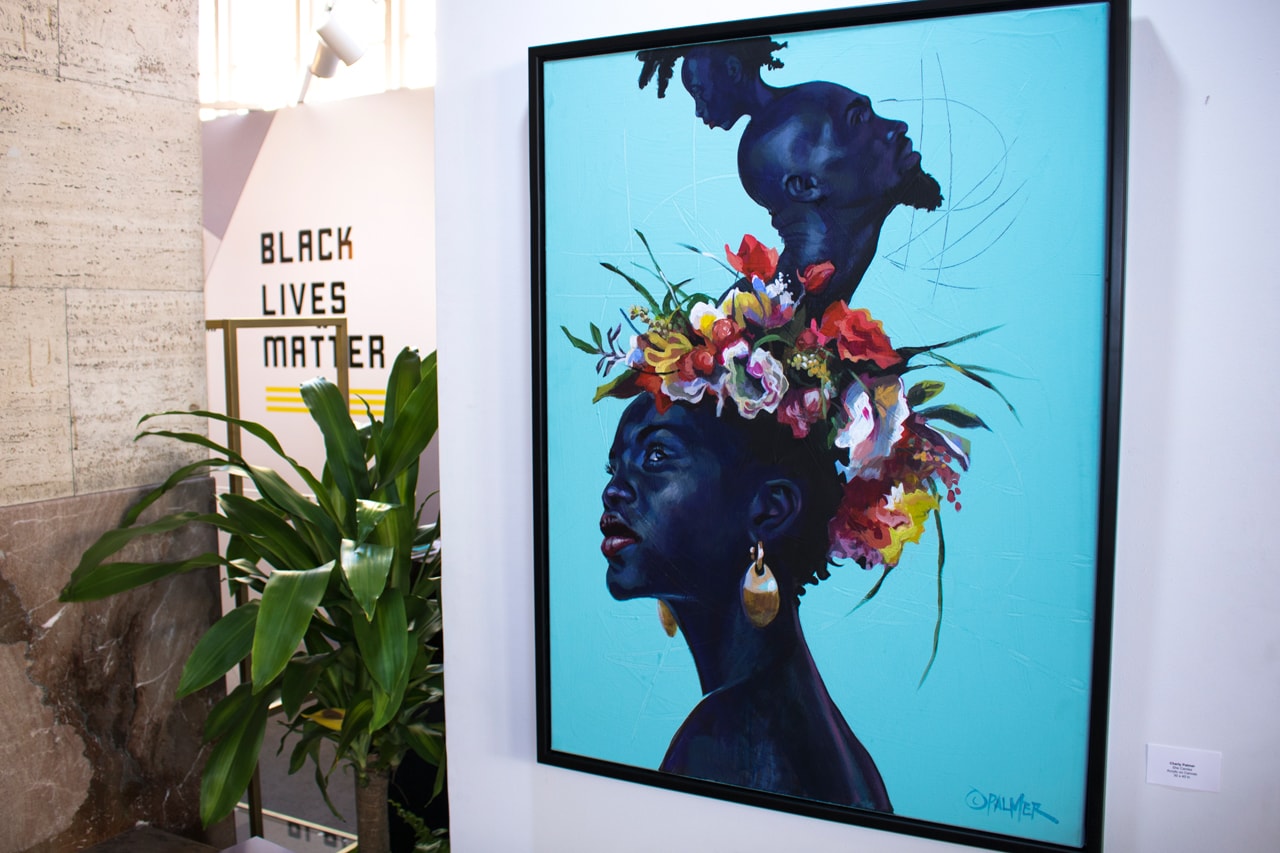
When the phrase “Black artists” is used in the descriptor for high-profile exhibitions, gallery openings and other revered art events, it’s not unlikely that some of the most familiar industry names will follow behind it. Artists past and present like Jean-Michel Basquiat, Kara Walker, Faith Ringgold, Mickaelene Thomas and Kehinde Wiley continue to receive well-earned praise and recognition worldwide, with Basquiat alone having been at the center of (or at least on the line-up for) over 10 exhibitions just this year.
But where does that leave the newcomers who haven’t yet garnered such a level of acclaim? PRIZM Art Fair founder and director Mikhaile Solomon may not have the exact answer just yet, but questions around that theme led her to create a space for them nonetheless.
“We realize that there is always a handpicked group of Black artists that are kind of validated by the broader, established art market. But there’s so many people with talent in this world that there can’t just be maybe 10 or 15 that the market acknowledges,” said Solomon. “We have exhibited some of those blue-chip well-known artists, but then we also open up the scope and the conversation to other voices that have not yet been validated.”
Since 2013, Solomon has hosted PRIZM in her native city of Miami during its annual Art Week circuit, seeking to promote local and international artists “from Africa, the African diaspora and emerging markets who reflect global trends in contemporary art.” In some ways, it’s become a bit of a safe haven for creators of color in a bustling arts scene like Miami’s, where burgeoning artists can sometimes be overlooked by the prominent Art Basel events next door. But six years in and PRIZM has become one of the leading events of its kind in its own right, with its seventh edition — taking place now until December 8 — expected to see an increase in attendees up from last year’s nearly 5,000 visitors.

“What Mikhaile has put together with a lot of hard work and perseverance is remarkable. She has carved out an important niche in the landscape of fairs we are so fortunate to have here in Miami every December,” said Franklin Sirmans, director of the Pérez Art Museum Miami. “Providing space to artists from the Caribbean and the African diaspora in particular is a part of our landscape and just as elemental as our relationship to graffiti and street art as signified by the presence of Wynwood. It all goes hand in hand.”
PRIZM’s current exhibition, “Love in the Time of Hysteria,” turns the spotlight on 39 artists including André Leon Gray, Clifton Henri, Latoya Hobbs and Zoya Taylor, showcasing various works across paintings, sculptures, performances, mixed media and more. Curated by Solomon alongside William Cordova, Ryan Dennis, Naiomy Guerrero and Oshun Layne, the show questions society’s impact on love, compassion and community during a time of “divisive political rhetoric, unprovoked inflammatory attacks on members of marginalized communities, and broad societal malaise as a result of economic inequity.”
HYPEBEAST caught up with Solomon amid the fair’s ongoing events to learn more about her background, launching the organization and what she’s looking forward to the most during this edition.
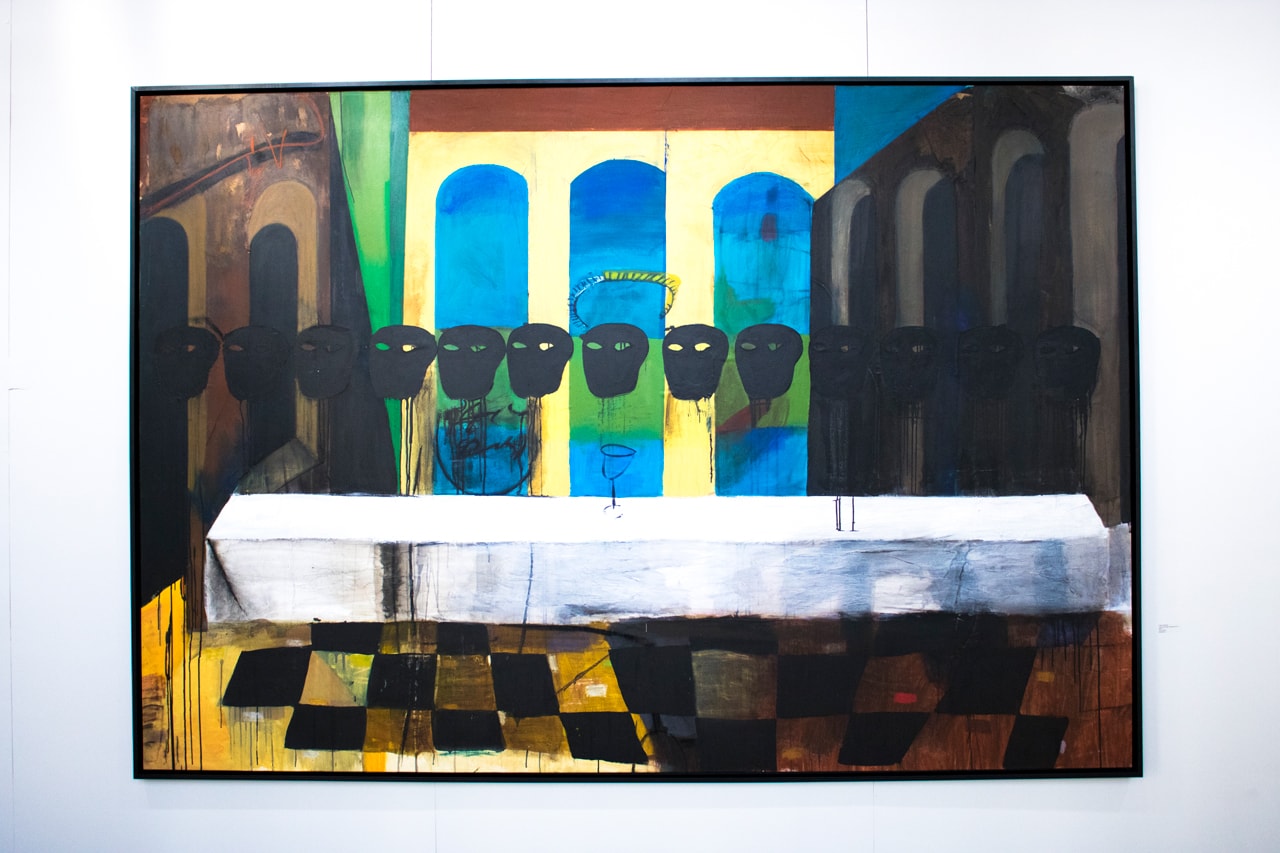
HYPEBEAST: Why did you start this art fair?
Mikhaile Solomon: Prior to starting PRIZM, I was working with a few other cultural producers in Miami. I knew a lot of artists myself just by virtue of having studied architecture, so as a result of that I always had artistic people around me. So many of the artists I was working with through those various projects in architecture school, we were always talking about how there was really no space for artists from the diaspora during Art Basel in Miami.
I remember when myself and some of my friends from school went to Basel events for the first time. That was my first time even hearing of Basel, which was back in like 2005 or 2006. So we went and I thought, “I don’t see that many reflections of myself here.” [Later] I met one of my mentors just as I graduated from architecture school and he was working on a diasporic arts project and I kind of used it as an internship to learn. And I realized how much I enjoyed helping him produce art events. So after I stopped working with him, I was like, “Why don’t I just start an art fair?”
Within three months, I’d built the website. I loved Afrofuturism so I thought it’d be cool if I did a whole art fair focused on that but I realized that was too narrow of a scope. So I was just inspired by the aesthetic of Afrofuturism and that’s where a lot of our branding came from. The brand is driven by Afrofuturism and everything about the fair is, whether that be the media you see, the artists, etc.
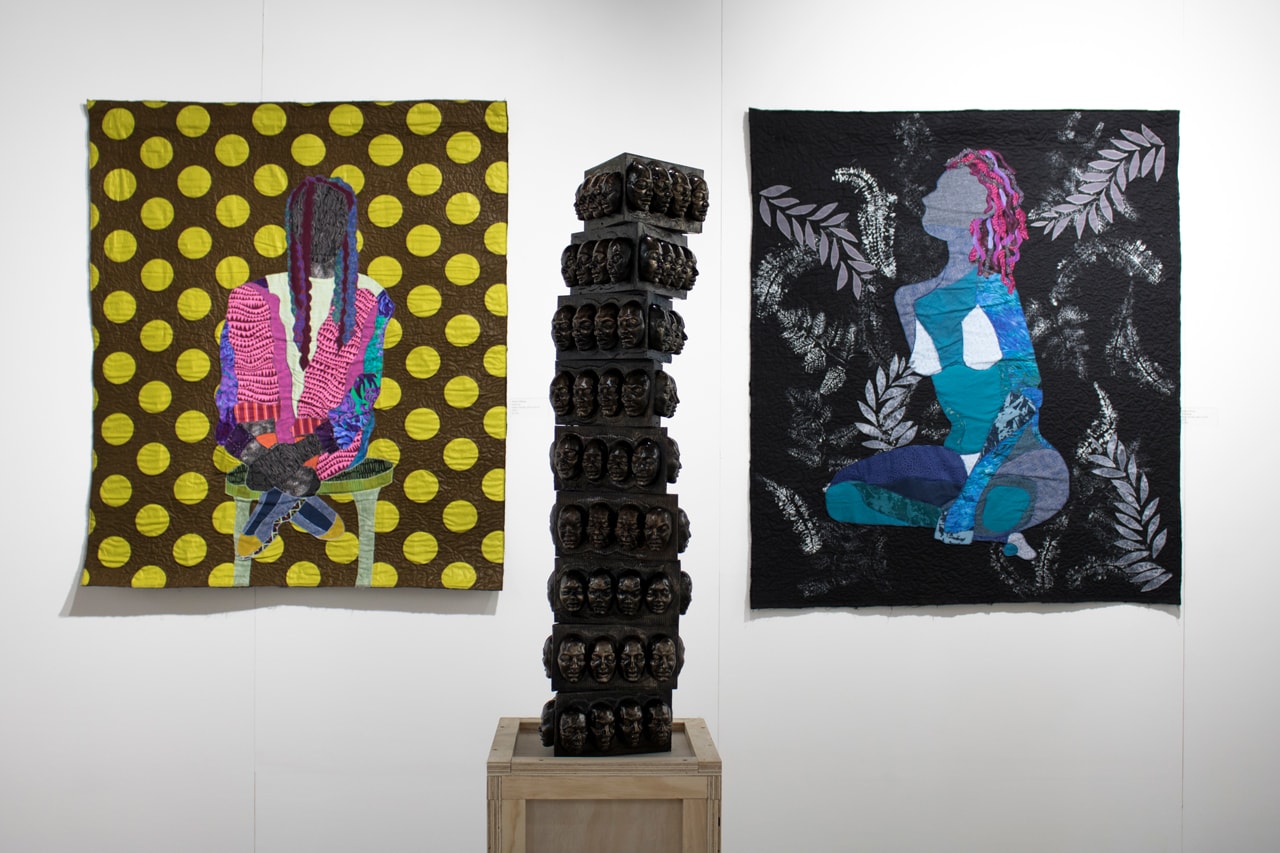
You mentioned studying architecture in school. Did you feel like you moved away from what you studied so hard in college to jumping to do an art fair?
I feel that every single day as a matter of fact. Architecture is my first love. But a part of me too, in practicing it, felt dead. Because I wasn’t doing architecture that was meaningful and actually helpful to people. So in this capacity, I feel like the tools that I’ve learned from architecture actually are in support of growing a cultural economy for people who may not have had access to the space.
I’m a person that’s very motivated by purpose, so if I’m an architect but I’m doing skyscrapers for rich people that doesn’t move me in any way. But if I’m doing architecture that’s sustainable, that supports people from different walks of life and that creates spaces that have a multiplicity of functions and benefits many people, then I feel fulfilled by that.
“I’m a person that understands the importance of relationships and not being afraid to talk to anybody, whoever it is.”
In the long term, I’m still actually — in between the madness of running an art fair — studying to take my architecture exams. Eventually I do kind of want to work my architectural practice into the business we’ve created for the art fair. Whether that be a design off-shoot of the fair, a PRIZM design studio or something like that. I’m always thinking about how to loop my architectural practice into this eventually.
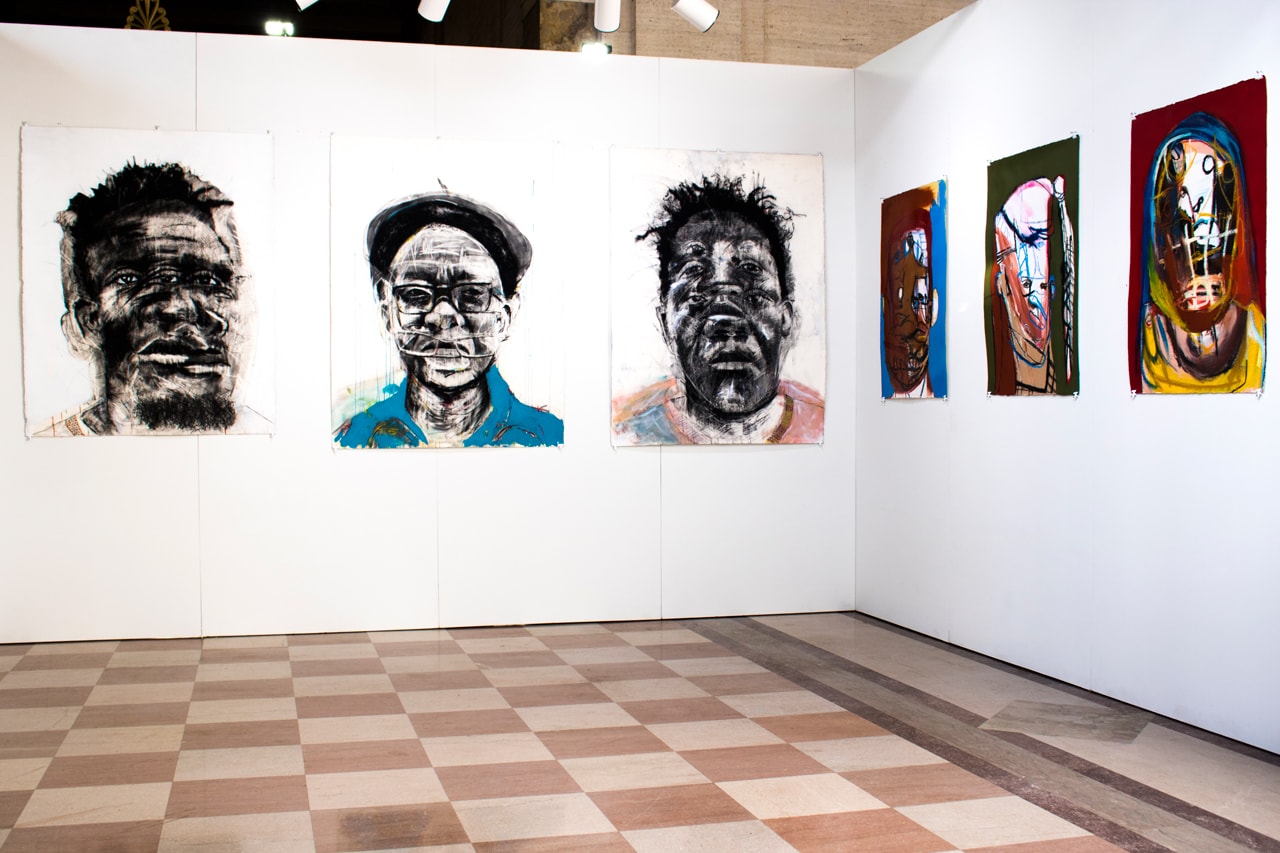
How did you make it happen and know who to reach out to? Was the internship you mentioned a good enough starting point?
I think it was good enough for me as a starting place. I’m a person that understands the importance of relationships and not being afraid to talk to anybody, whoever it is. I do a lot of research. I read a lot about the design world, the art world and just kind of get a good sense of who is essentially moving this space. And as I do that I have conversations with people. I learn what the expectations of the art world are and understand who I need to talk to in order to get things done.
What challenges came with building this? Was it difficult to get funding?
To this day it is still. I was on a panel recently that The Observer put together about the arts market. And I was on a panel with other art fair producers and they were talking about their budgets and my budget is not even a quarter of theirs. And so budget is something I pay very close attention to because our money hasn’t come easily yet. And our fair is still a baby compared to some of the others one so I also bare that in mind. I know that I will eventually have a multi-million dollar budget, but for now I bootstrap a lot of it. I do it almost philanthropically, work with a lot of donors, write a lot of grants. That sort of thing.
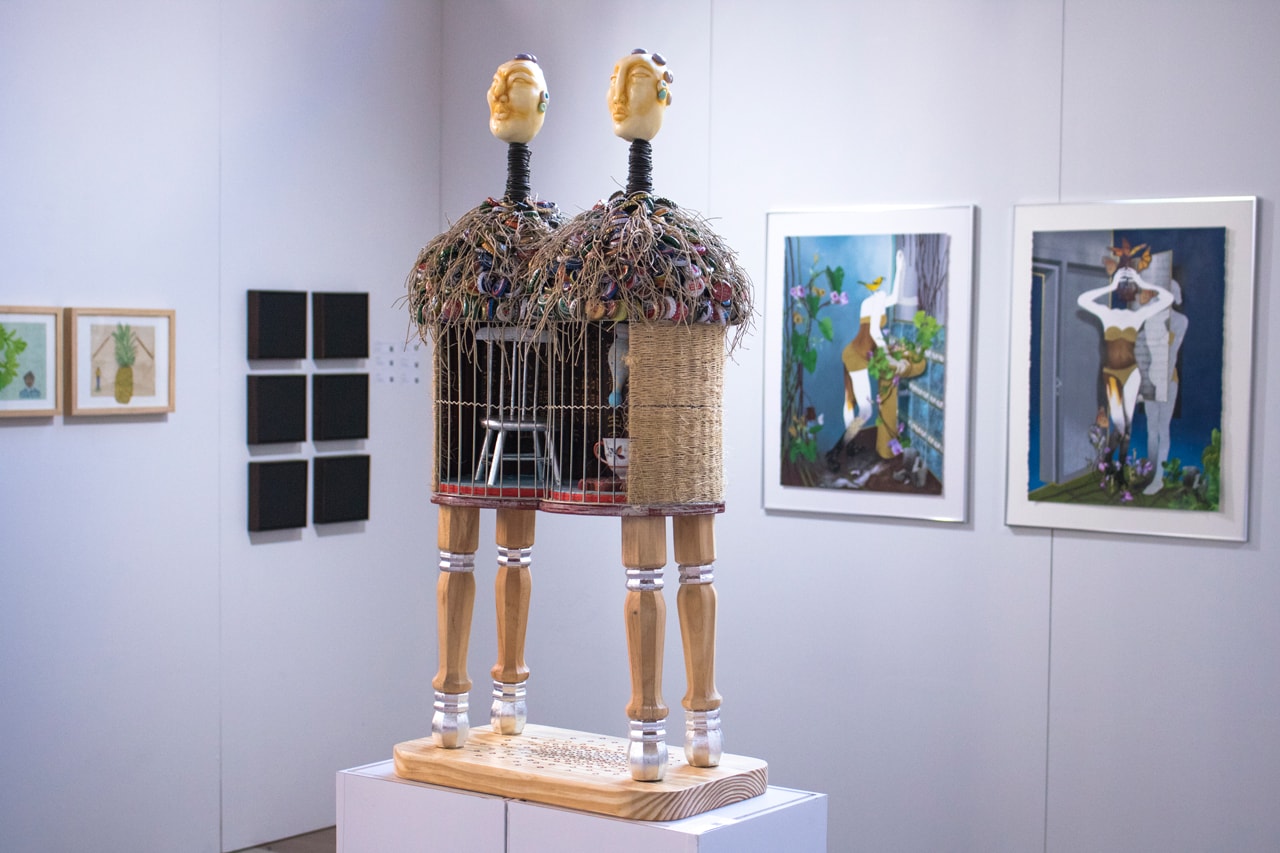
African diaspora is a broad scope to curate art from. How do you select participants? Or is it more about them submitting applications and choosing the cream of the crop from there?
Well, another reason why we started the fair is because we wanted to essentially open up the landscape. We realize that there is always a handpicked group of Black artists that are kind of validated by the broader, established art market. But there’s so many people with talent in this world that there can’t just be maybe 10 or 15 that the market acknowledges. There’s a lot of people with talent. So, we have exhibited some of those blue chip well-known artists, but then we also open up the scope and the conversation to other voices that have not yet been validated.
“There is always a handpicked group of Black artists that are validated by the broader, established art market. But there’s so many people with talent in this world that there can’t just be maybe 10 or 15.”
In many ways we’ve become the place people come to see a lot of emerging artists. Actually, some of the artists we have — what I like to call PRIZM alumni — are in the next exhibition at the Pérez Art Museum Miami, our flagship museum here in Miami. They’re in a Caribbean survey exhibition right now. And a number of the artists who have participated in PRIZM have done amazing things since. There’s an artist in the Venice Biennale right now representing Grenada. We have an artist in the Whitney Biennial this year. So I can truly say that we function as an important space for emerging artists who want an upward trajectory… It simultaneously functions as an art fair that supports emerging curatorial voices as well.

Is it important to keep this footing in Miami or do you eventually see this rotating to different cities?
That’s definitely high up on the agenda. I definitely want us to be in other locations. I hope one day we’ll have one in New York. I’d love to have one on the continent of Africa.
Have you seen steady increases in attendee growth since you started?
Absolutely, last year we had 4,500 people come to the fair over the course of Basel week and this year I anticipate it’s going to be much bigger than that. We’ve already gotten a lot of RSVPs.
“I can truly say that we function as an important space for emerging artists who want an upward trajectory.”
What are you most excited about with this edition of PRIZM?
I’m excited about all of it honestly. I don’t think there’s anything about this year that I’m not wholeheartedly passionate about. Black Quantum Futurism is doing a performance and I’ve always wanted to see one but have not been able to because they’re usually doing stuff outside of Miami. But we’re actually bringing them into Miami through a partnership with Philadelphia Contemporary, so that’s exciting.
And because I also enjoy parties and dancing, we are doing a party here on Saturday with Black Lives Matter called Jerk and Joloff. I think the producers of it have this event in Detroit and other cities. So they have this amazing party that’s a fusion of Nigerian and Caribbean food and music. And the panel discussions are all going to be awesome. Every single one of them I am excited about.
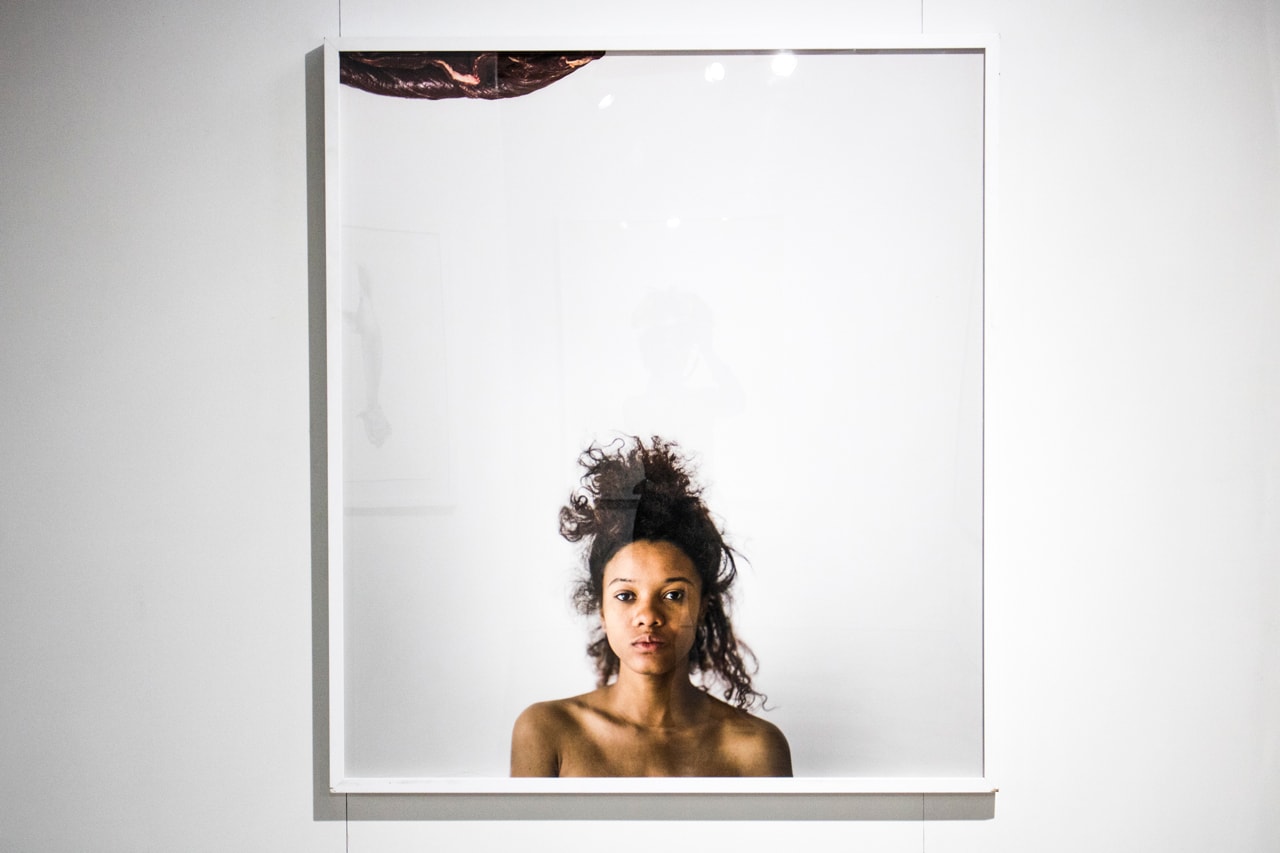

No comments:
Post a Comment